Star Point Horsemanship Dinosaur Pattern Hooded Horse Sheet
Keep your equines warm this winter with the Star Point Horsemanship Dinosaur No-Fill Hooded Horse Sheet. This horse sheet features a dual buckle front, waterproof material, and it is just as cute as can be covered with dinosaurs!
Keep your equines warm this winter with the Star Point Horsemanship Dinosaur No-Fill Hooded Horse Sheet. This horse sheet features a dual buckle front, waterproof material, and it is just as cute as can be covered with dinosaurs! Pair the sheet with a matching webbing halter and hay bag! This material is a printed denier, but is not 100% waterproof. MEASURE YOUR HORSE – CENTER of CHEST to CENTER of TAIL BONE to get correct blanket/sheet measurement. If your horse has a winter coat or has a stocky body, we recommend ordering one size up from your measurement.
- Designed for small equines & full size equines
- High quality, durable materials for lasting strength
- Dinosaur hooded sheet has removable hoods on all blankets for comfort and convenience
- Designed by Star Point Horsemanship
- MEASURE YOUR HORSE – CENTER of CHEST to CENTER of TAIL BONE to get correct blanket/sheet measurement
- If your horse has a winter coat or has a stocky body, we recommend ordering one size up from your measurement
- Dual buckle front, semi-waterproof material, and is just as cute as can be
Additional information
| Closure Type | Hook and Loop |
|---|---|
| Denier | 1,200 Denier |
| Features | Sheet |
| Hardware Material | Chrome |
| Horse Life Stage | All Life Stages |
| Number Of Surcingles | 2 |
| Manufacturer Part Number | YB-7VSQ-ABH1 |

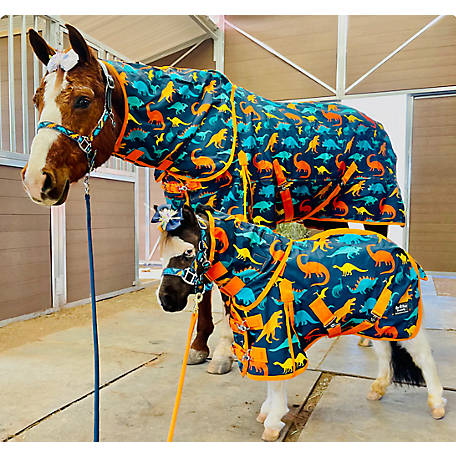
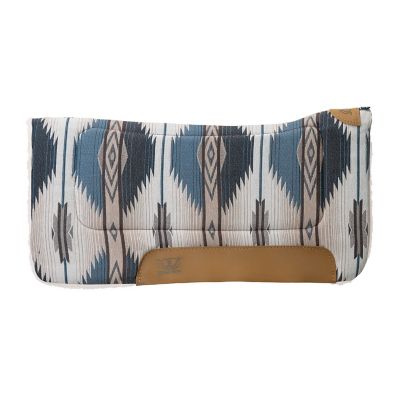
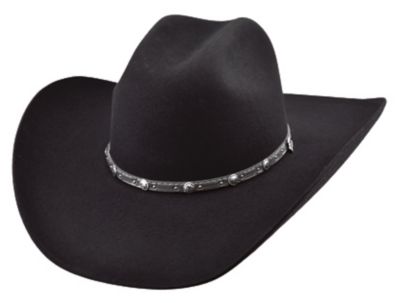
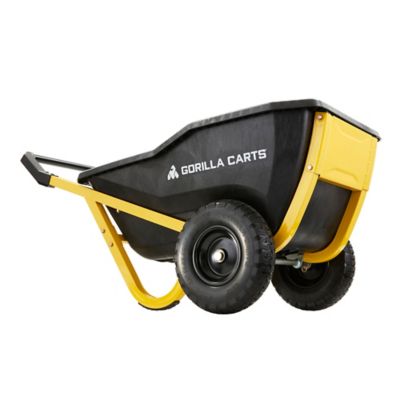



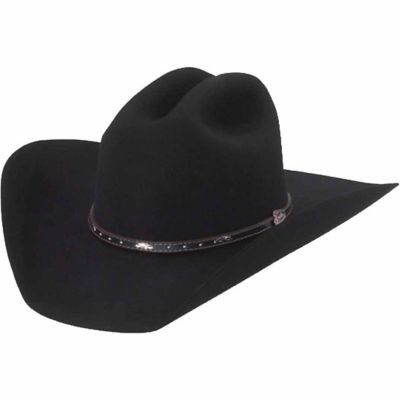


by Britt
Looks amazing and fits great. My rambunctious 3 year old did manage to tear the top layer during a storm from a hurricane a few states away. But it’s totally fixable. I still love it.
by Melissa
Fits those narrow Donkey shoulders! Great quality. They are sturdy and hold up to lots of play.
by Alex
There are very few blanket companies that make prints this great! I wish all of the prints came in horse size!
by Apatel
These are so well made and meant to fit minis perfectly. They hold up to all their antics. Just be sure to go up in size if you have a fat or hairy mini, so they fit better.